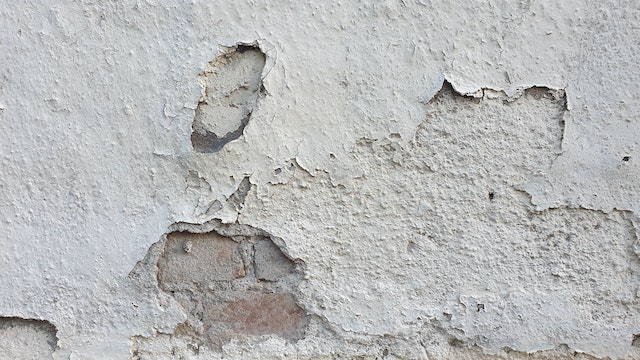Many houses in the US have dealt with water damage. According to reports, it is the second most common reason for insurance claims. For those who have experienced it, there’s no doubt that the cleanup and subsequent repairs were costly. A 2022 Home Advisor survey indicated that homeowners pay an average of $3447 to repair water damage to their homes. It could be more depending on location, the severity of the damage, and the type of house. Fortunately, you can make your house stand for a long time by taking note of these factors.
- Poor drainage around your home’s foundation
The foundation is the robust platform on which your building sits. Indeed, your home’s structural integrity depends largely on the foundation’s strength. Unfortunately, due to different reasons, many homeowners have been unlucky with water damage, often arising from the poor drainage systems around the building’s foundation. If you’re unsure how this works, examine your gutters and downspouts whenever it rains or snow melts. Does water from these points collect around your home’s foundation? If yes, then you may have a problem. Ideally, your gutter and downspouts must be directed to allow water to pour away from the foundation. When water continues to collect at the base of your home, there is an increased risk of foundation damage and a weakening of your walls. The damage may not happen outright, but you will notice cracks and openings that question your foundation’s strength over time.
- Leaky pipes and plumbing system
If your building is at least twenty years old, there may be a risk of leaky pipes within your walls. The truth is that over time, pipes corrode due to unavoidable chemical reactions. For instance, oxidation happens when iron within your home’s metal pipes comes into contact with the oxygen contained in water. That is also known as rust and is usually responsible for those leaks that often cost much to repair. Suppose you consistently see wet areas on your walls, even in dry weather, and discolored areas along the walls, with evidence of mold. These could be signs of a leaky pipe that needs urgent attention. Ignoring these indicators because there are no visible signs of damage may be detrimental. Before you know it, water will have found its way into your electrical wiring within the walls, which could cause further problems. If they are severe enough, these problems could even warrant someone like this Rochester water damage repair company having to come out and restore any affected rooms in your home. Leaky pipes can damage your ceiling and flooring, explaining the need to act when you see the signs. It is recommended to have your home’s plumbing inspected regularly by a professional. That can save you from needless costs associated with water damage.
- Old, damaged, or poorly-sloped roofing
It’s always been said that your home’s roofing is the first defense against the elements. That is why much thought goes into constructing your home’s roofing. For example, the type of material used, expert installation, and knowing how to calculate roof pitch can all determine your home’s resistance to water damage. Especially regarding roof pitch, the steeper the slope, the less likely water will collect at the topmost part of your house. Therefore, if you continually battle water damage in the attic and upper parts of your walls, check your roof’s slope. Sometimes, you’ll be fortunate to discover that only a few roofing tiles or shingles are chipped and need replacement. The earlier you attend to them, the better for your home’s safety. However, when you ignore these repairs or decide to hold on a little longer, you increase the risks of paying for extensive roofing replacements, which don’t come cheap.
- Improperly installed windows and doors
Improperly installed doors and windows are common entry points for water into your home. Such doors and windows have defective seals and faulty spacing between their frame and the building itself. These can provide a gap for running water to cause ample damage to your home. For this reason, builders recommend using experts for your window and door installations. Especially for your windows, energy-efficient ones will help prevent condensation and, as an added benefit, stop mold buildup. Investing in quality windows and doors now is better than learning the hard way later. If it helps, compare the cost of quality doors and windows to what you’ll pay for water damage.
Lastly, flooding is another common reason for water damage to homes, but sometimes, that is through no fault of yours. Extreme weather can happen anytime, but you can protect your home by installing a sump pump in your crawl space or basement. Taking such preemptive measures can save your home.







